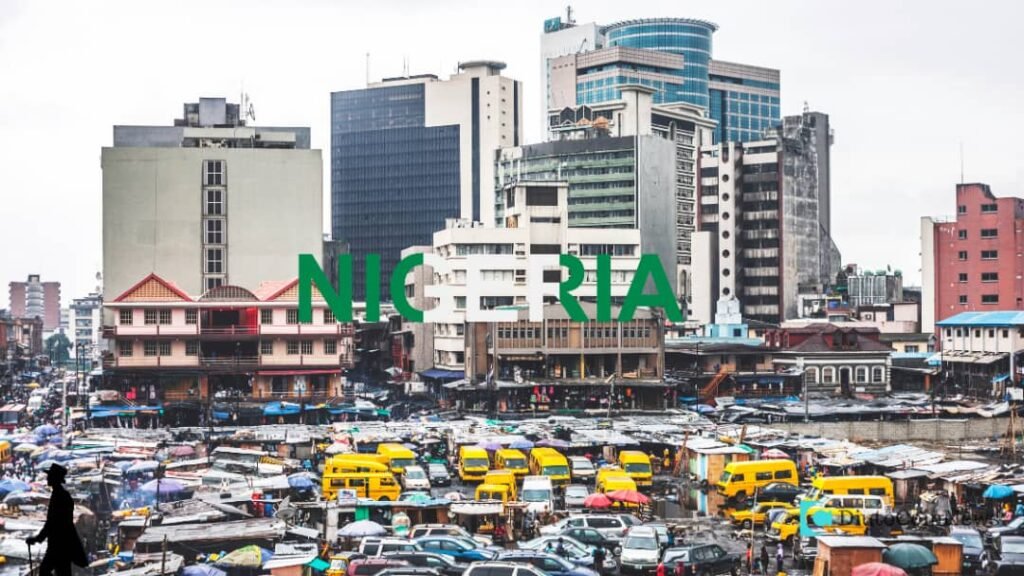In the world of blockchain, few ideas have generated as much discussion as the so-called Blockchain Trilemma—a concept popularized by Ethereum’s co-founder, Vitalik Buterin.
It outlines a fundamental challenge: achieving security, scalability, and decentralization simultaneously is extremely difficult. Much like attempting to craft a meal that is cheap, healthy, and delicious—compromises are inevitable.
This triad forms the cornerstone of blockchain design. To understand why no system has fully conquered all three, let’s break down each component using both technical insights and relatable analogies.
1. Security: The Fortress Against Chaos
Security in blockchain ensures the integrity and immutability of data. Think of it as building a castle—you want walls thick enough to keep out invaders, but the thicker the walls, the longer it takes to let people in.
Blockchains are public and permissionless by nature, meaning anyone can join the network. This openness demands robust security mechanisms to prevent malicious activity. Bitcoin, for instance, uses Proof of Work (PoW)—an energy-intensive process akin to a medieval knight proving their worth through battle. The system is secure because attacking it would require immense computational power, like trying to overthrow an empire by recruiting an army larger than the rest of the world combined.
However, strengthening security often adds friction. The more effort it takes to validate transactions, the slower and less user-friendly the system becomes—potentially hindering adoption and performance.
2. Scalability: Speeding Up the Ledger
Scalability refers to a blockchain’s capacity to handle increased user demand and transaction volume without deteriorating performance. Imagine a bustling restaurant: more customers mean more orders, but if the kitchen can’t keep up, chaos ensues.
Traditional blockchains like Bitcoin and Ethereum process just a handful of transactions per second—far fewer than centralized counterparts like Visa, which can handle tens of thousands per second. Why the lag? Because every node (participant) in the network must agree on each transaction, like asking every chef in the kitchen to taste and approve each dish before it’s served.
To improve scalability, developers explore techniques such as:
Sharding: Splitting the blockchain into smaller parts that process in parallel—like dividing the kitchen into stations (salads, grills, desserts) to handle more orders at once.
Layer 2 solutions: Offloading tasks to secondary networks—think of it as preparing appetizers outside the main kitchen.
New consensus mechanisms: Moving from PoW to Proof of Stake (PoS), where validation depends on ownership and not brute computational force—akin to letting trusted sous-chefs oversee quality control instead of challenging them to a duel.
But enhancing scalability often means leaning toward centralization or weakening security—hence the dilemma.
3. Decentralization: Power to the People
Decentralization is the ethos of blockchain—the belief that no single authority should control the network. Picture a town hall meeting where every resident gets a vote, rather than a top-down system where one mayor makes all the decisions.
In a decentralized blockchain:
1. No one can unilaterally change the rules.
2. There’s no central point of failure.
3.ní The system is more transparent and resistant to censorship.
However, full decentralization can introduce chaos. More participants means more opinions, making consensus slower and decision-making cumbersome. Moreover, if anyone can join, malicious actors can too—like leaving your town hall’s doors wide open and hoping no one sneaks in to disrupt the vote.
4. The Trilemma: Why You Can’t Have It All (Yet)
Here’s where the trilemma truly comes into play.
Focus too much on scalability, and you risk centralizing control to ensure speed.
Maximize security, and the system becomes sluggish, sacrificing scalability.
1
Push for full decentralization, and you may weaken both performance and defensive integrity.
It’s like a tightrope walk where leaning in one direction risks falling off balance in another. Engineers and developers are in a constant state of compromise, trying to find the sweet spot without compromising core principles.
5. What Lies Ahead?
The blockchain industry is still evolving—rapidly. Optimists believe that with innovation and time, we may discover architectures that satisfy all three pillars. Others are more pragmatic, aiming for “good enough” combinations that work for specific use cases.
In essence:
Security is the moat.
Scalability is the highway.
Decentralization is the democracy.
Balancing all three is the grand challenge—a technological and philosophical puzzle that continues to inspire, frustrate, and push the boundaries of what’s possible.
So while the perfect trifecta may still be out of reach, the journey toward it is what propels blockchain forward.
Discover more from DiutoCoinNews
Subscribe to get the latest posts sent to your email.













